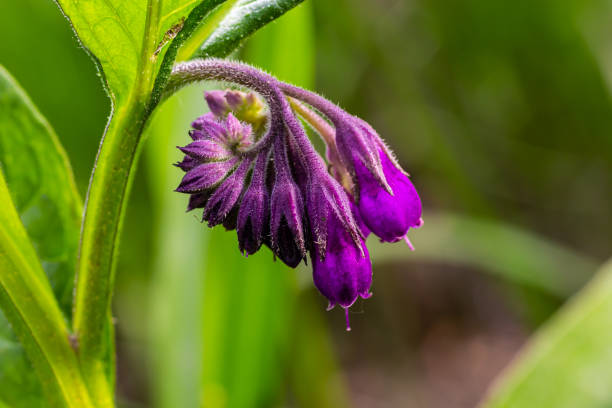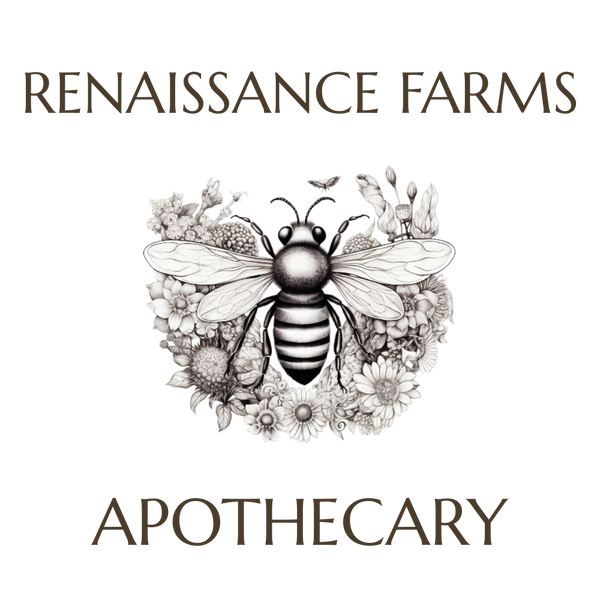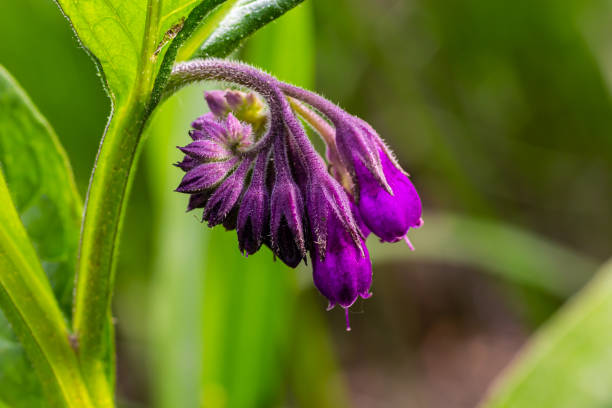Renaissance Farms
Comfrey (leaf)
Comfrey (leaf)
Couldn't load pickup availability
Symphytum officinale
Common Names: Knitbone, Boneset, Slippery Root
Description: Comfrey is a time-honored herb with a rich history of use in folk herbalism, easily recognized by its large, hairy leaves. Revered for its remarkable ability to support the body's natural healing process, it has earned its nicknames "Knitbone" and "Boneset" through centuries of traditional use. This product is for external use only in humans.
Energetics: Cool, Moist
Key Constituents: The primary active compound in comfrey is allantoin, a substance that promotes healthy cell proliferation. It is also rich in mucilage, which gives it a soothing, moisturizing quality. Comfrey contains pyrrolizidine alkaloids, which make it unsafe for internal consumption.
Traditional Uses (External Only): Comfrey's traditional uses are exclusively external, primarily for supporting the body's healing response to minor injuries. It is a prized ingredient in preparations used to soothe:
-
Bruises and sprains
-
Joint and muscle discomfort
-
Skin irritations and minor scrapes
Preparation (External Use Only): Comfrey is best prepared for external application. It should not be used to make tea.
-
Salve or Oil: Infuse dried comfrey leaf in a carrier oil (such as olive or sunflower oil) to create a base for a soothing salve or massage oil.
-
Poultice or Compress: Combine the powdered herb with hot water to form a paste and apply directly to the affected area.
Disclaimer: This product is for external use only and should not be ingested. Do not use on broken or abraded skin. Consult with a qualified healthcare professional before using any herbal products, especially if you are pregnant, nursing, or have any pre-existing medical conditions.
Comfrey also makes a fine supplement for poultry, who relish it. Ask your veterinarian before using internally on any other livestock or pet.
Comfrey 'tea' is an excellent fertilizer for your garden as well. It's a marvelous plant ally to keep on hand!
Share


